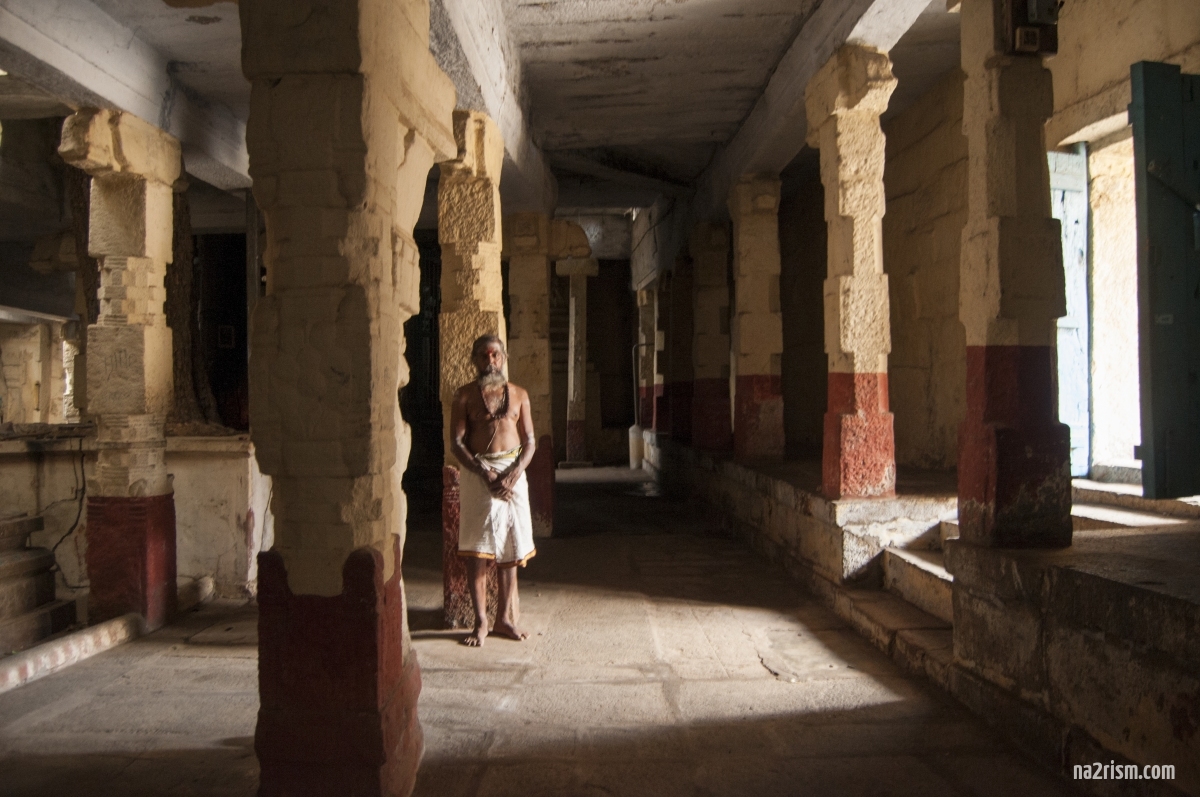Nudity and naturism have been a part of Hinduism for thousands of years. In Hindu mythology and literature, there are references to nudity and naked ascetics who have renounced the world and its possessions. In this article, we will explore the attitudes towards nudity and naturism in Hinduism, both historically and in contemporary times.
Historical Attitudes Towards Nudity and Naturism in Hinduism
Nudity and naturism have been a part of Hinduism since ancient times. The Rig Veda, one of the oldest texts in Hinduism, describes the practices of the ancient rishis or seers who were naked ascetics. The text also describes the nakedness of Lord Shiva, one of the primary deities in Hinduism.
The practice of nudity and naturism was also prevalent in various Hindu sects, such as the Jains, the Digambaras, and the Naga Sadhus. The Digambaras, in particular, were known for their practice of complete nudity as a symbol of their renunciation of the world and its possessions. The Naga Sadhus, who are believed to have originated from the Nath sect, also practice nudity and are known for their ritual baths in the Ganges river.
In addition to ascetics, nudity and naturism were also a part of certain Hindu rituals and practices. The Kumbh Mela, one of the largest religious gatherings in the world, sees millions of Hindu pilgrims take a dip in the Ganges river, many of whom do so naked. Similarly, the Hindu festival of Maha Shivratri sees many devotees, particularly those who have taken vows of renunciation, engage in practices such as walking on hot coals or piercing their bodies with hooks and needles, often while being naked.
Contemporary Attitudes Towards Nudity and Naturism in Hinduism
Despite the historical acceptance of nudity and naturism in Hinduism, contemporary attitudes towards these practices are more complex. While many Hindus continue to view nudity and naturism as a legitimate spiritual practice, others see it as an archaic and unnecessary tradition that is out of place in modern times.
One of the primary concerns around nudity and naturism in contemporary Hinduism is its potential for exploitation and abuse. In recent years, there have been reports of fake sadhus or imposters using nudity as a cover for their criminal activities. Such incidents have led many Hindus to view nudity and naturism with suspicion, and to call for greater regulation of sadhus and ascetics.
Another concern around nudity and naturism in contemporary Hinduism is its compatibility with modern values of gender equality and respect for women. While nudity and naturism may have been a legitimate spiritual practice for male ascetics in ancient times, some argue that it can be seen as objectifying and disrespectful towards women in modern times.
Despite these concerns, there are still many Hindus who continue to practice nudity and naturism as a legitimate spiritual practice. The Naga Sadhus, for instance, remain an important part of Hinduism and continue to practice nudity as a symbol of their renunciation of the world. Similarly, there are many contemporary Hindu practitioners who see nudity and naturism as a way of reconnecting with nature and the divine.
Nudity and naturism have been a part of Hinduism for thousands of years, and have played an important role in the spiritual practices of many Hindu ascetics and sects. However, contemporary attitudes towards nudity and naturism in Hinduism are more complex, with concerns around exploitation and abuse, as well as compatibility with modern values of gender equality and respect for women.
Despite these concerns, there are still many Hindus who continue to see nudity and naturism as a legitimate spiritual practice, and who view it as a way of reconnecting with nature and the divine. Ultimately, attitudes towards nudity and naturism in Hinduism are likely to continue to evolve in response to changing social and cultural contexts, as well as ongoing debates and discussions within the Hindu community.
It is important to note that the acceptance of nudity and naturism in Hinduism is not a blanket endorsement of these practices in all contexts. Like any religious or cultural practice, the legitimacy of nudity and naturism in Hinduism must be evaluated within its specific historical, cultural, and spiritual contexts. As such, any discussion of nudity and naturism in Hinduism must take into account the diversity of views and experiences within the Hindu community, as well as the broader social and cultural factors that shape these attitudes.
In conclusion, while nudity and naturism have been a part of Hinduism for thousands of years, contemporary attitudes towards these practices are complex and diverse. As with any religious or cultural practice, the legitimacy of nudity and naturism in Hinduism must be evaluated within its specific historical, cultural, and spiritual contexts, while also taking into account the broader social and cultural factors that shape these attitudes.

